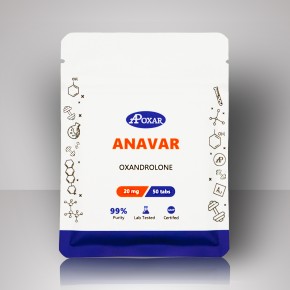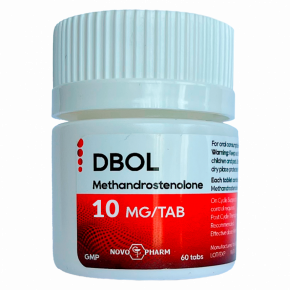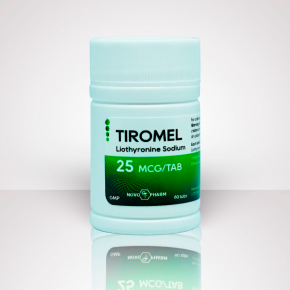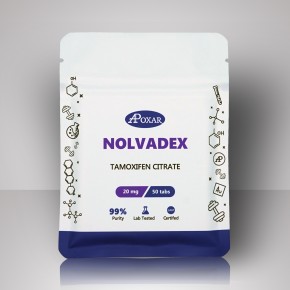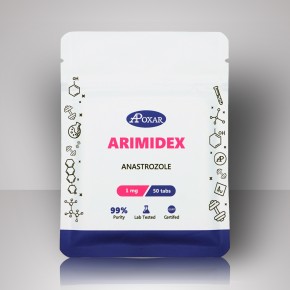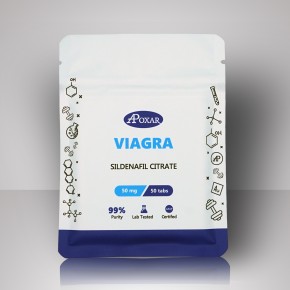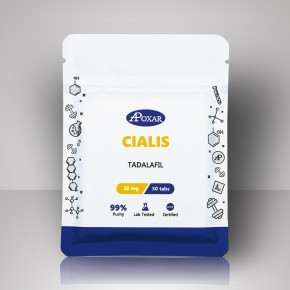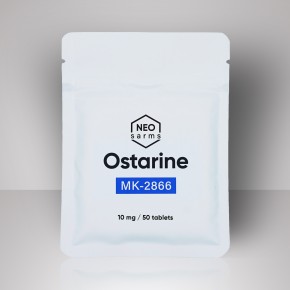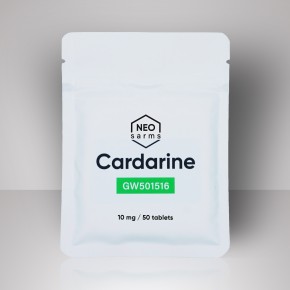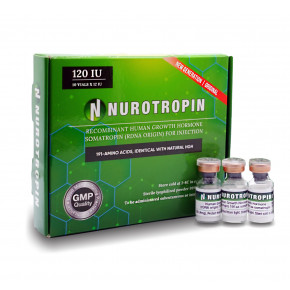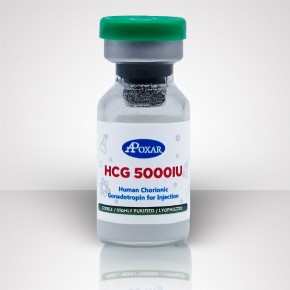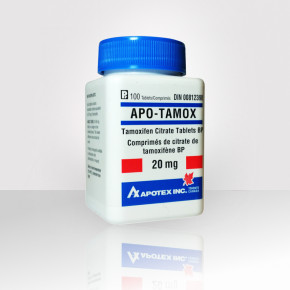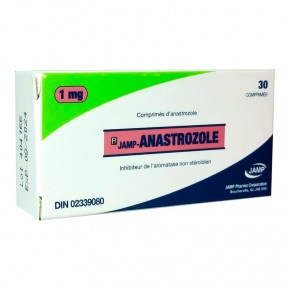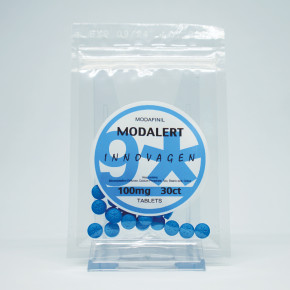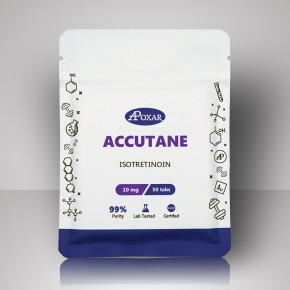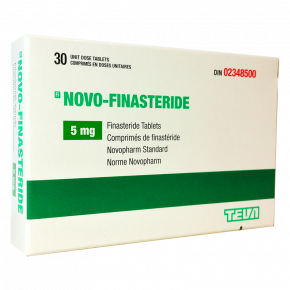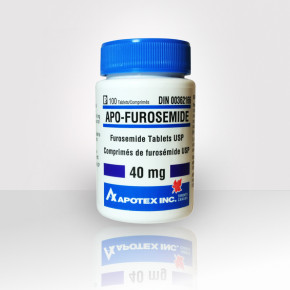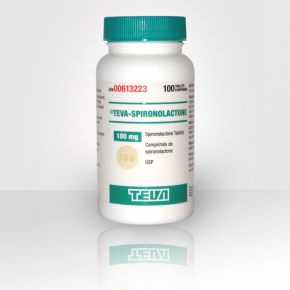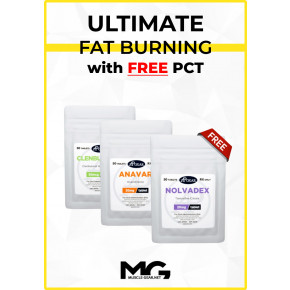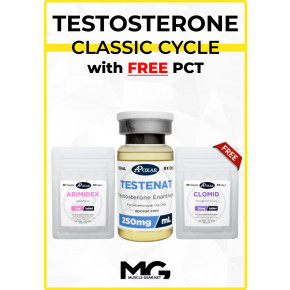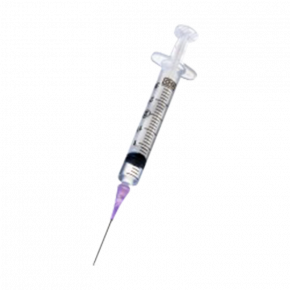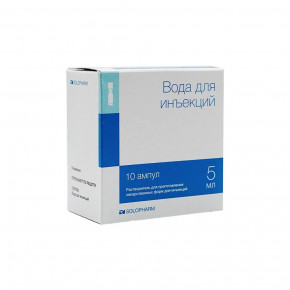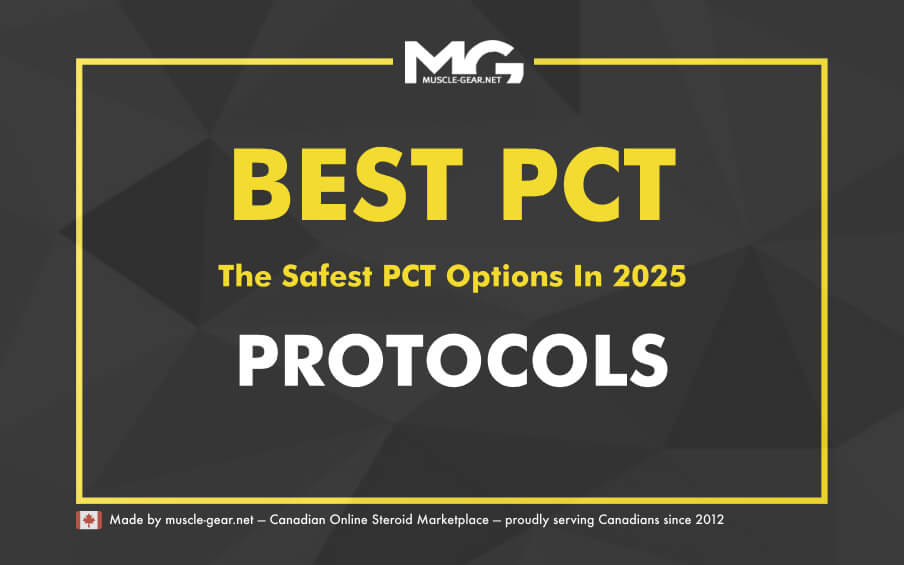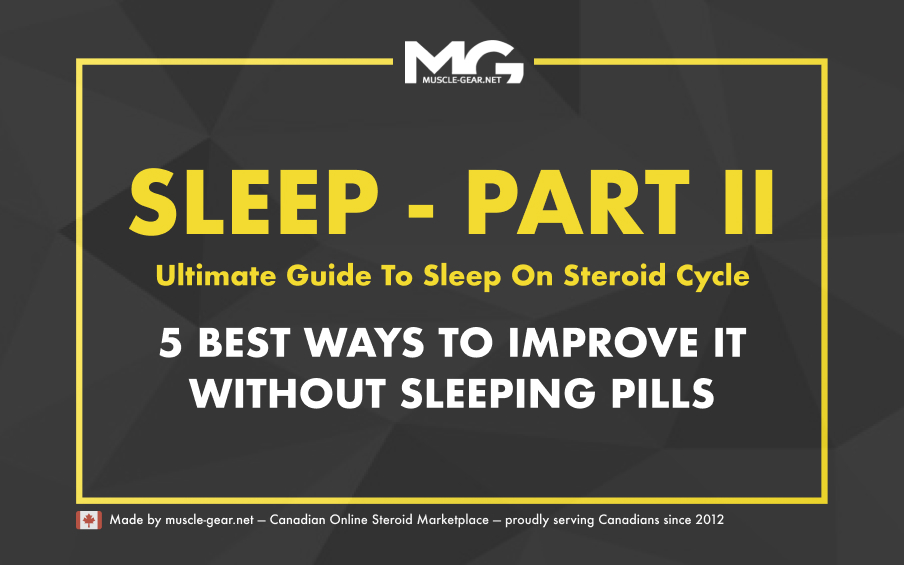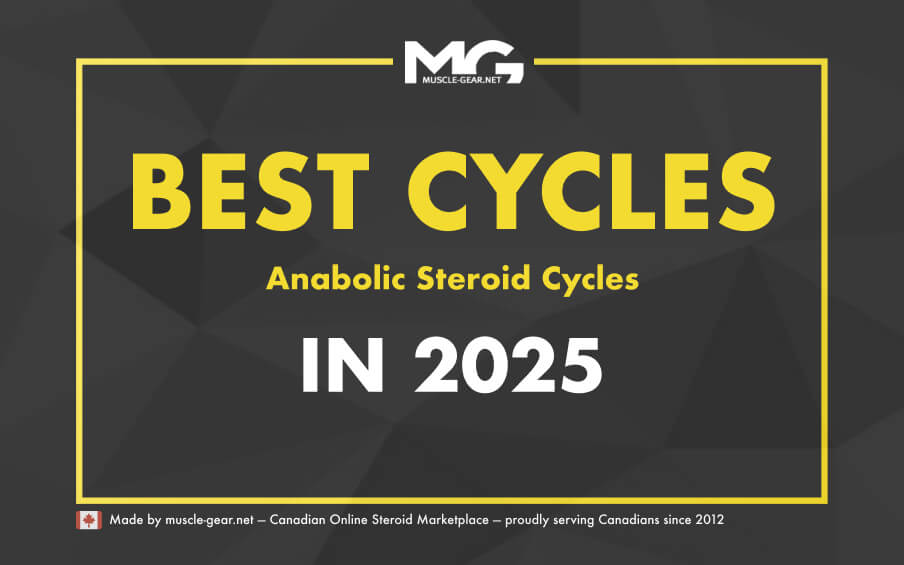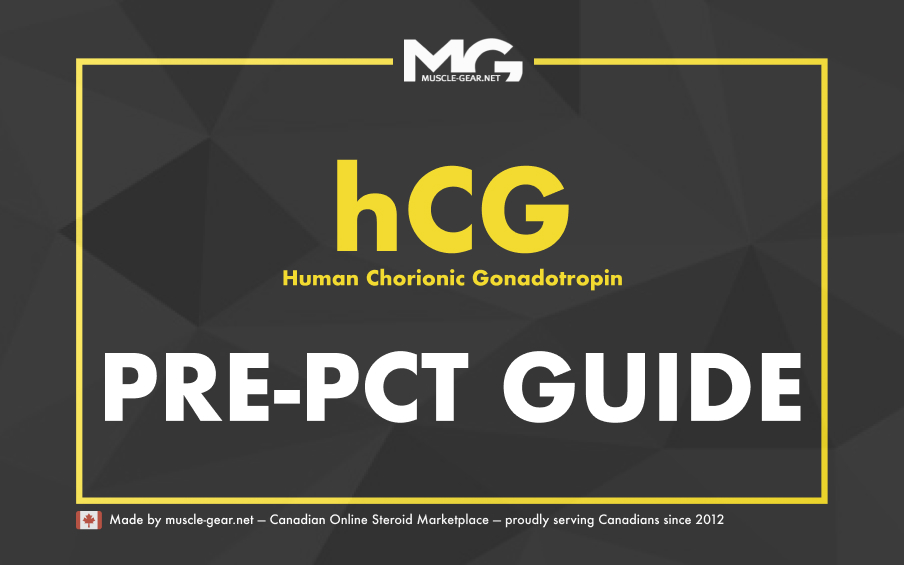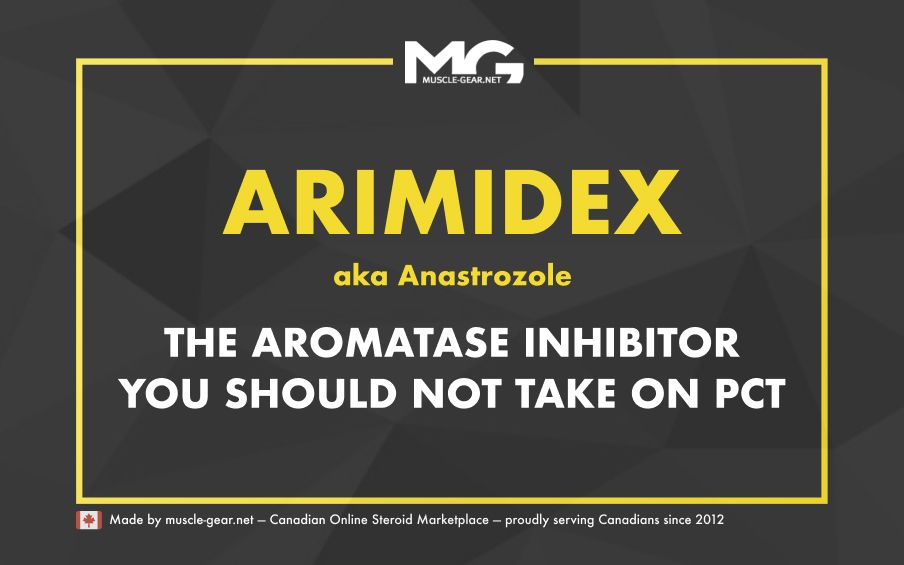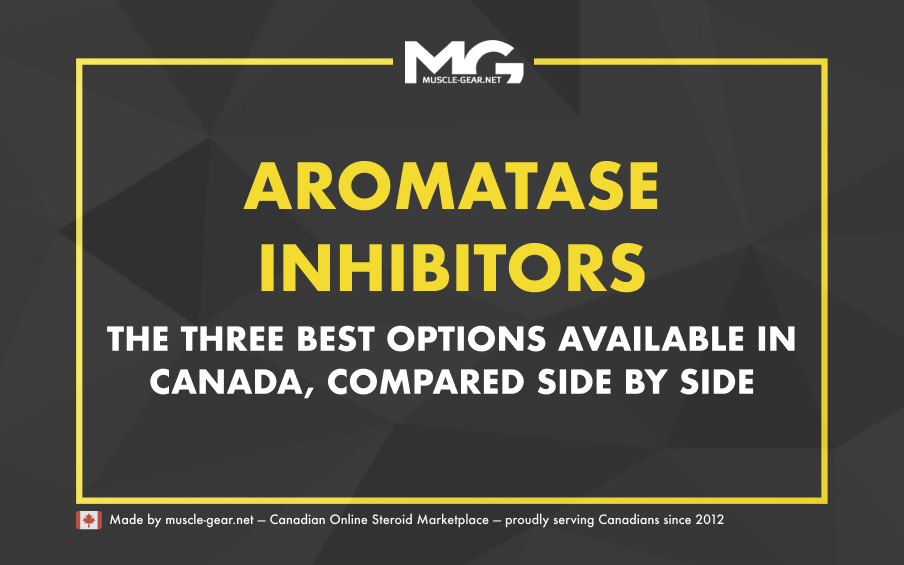PCT is an essential part of a steroid cycle. Post-cycle therapy helps you restore the hormone balance in your body after the blast.
Can’t skip it: if you do, you can cause irreparable damage to your HPTA system, or, at the very least, stay stuck with low testosterone symptoms for a while.
It may take a few months, even years, to recover naturally.
To counteract the post-cycle crash, you need to incorporate PCT into your routine. The most popular drugs for PCT are Nolvadex and Clomid (as of 2025). You can use one of them, you can (maybe) choose a protocol with both PCT compounds, but you can’t half-ass it and think of it as “formality”.
Even if now you’re just considering steroid cycling, you should understand what PCT is and why you need it in the first place. We’re here to help you figure this out and underline what the best PCT protocols are in 2025.
What is PCT, exactly?
Post cycle therapy, or PCT, is a program designed to help you get over low test levels right after the cycle, mitigate estrogenic side effects, and boost your LH (Luteinizing Hormone) and FSH (Follicle Stimulating Hormone) production.
The preferred option for PCT is SERMs, or Selective Estrogen Receptor Modulators, such as Clomiphene or Tamoxifen (Nolva). After the steroid cycle, they’ll act as estrogen antagonists, reducing estrogen levels and their effects (aka testosterone suppression).
In the end, instead of waiting for your system to get back to normal, you’ll recover with minimal damage to your HPTA system and health. Soon, your LH, FSH, testosterone, and estradiol levels will match your blood work before the steroid administration, and you’ll be able to start a new cycle.
Why do you need PCT?
During your steroid cycle, you increase your testosterone levels beyond their reference range. They’re not supposed to be THAT high.
Even though it’s beneficial for muscle growth, it’s not normal, so your body will try to resolve this situation by lowering the production of your natural testosterone.
Basically, you boost your blood testosterone levels with anabolic steroids (injectable, aka exogenous), but you suppress your endogenous (aka natural) testosterone. That’s why you can’t use Anavar, Masteron, Primobolan, or Deca without a Testosterone ester. Testosterone acts as an anabolic base, stabilizing your hormone balance.
HPTA general info
After the cessation of steroids and an off-cycle period (the time you wait for the esters to clear), your body isn’t yet ready to regulate testosterone production on its own. Here’s a quick breakdown of what happens normally:
- Your hypothalamus recognizes that your testosterone and free testosterone are low, and it will try to correct it with GnRH (Gonadotropin Releasing Hormone);
- GnRH cues your pituitary gland in, so it would start producing LH and FSH (2nd axis point);
- LH signals to Leydig’s cells that testosterone needs to be secreted;
- Testosterone secretion is completed, and your test levels are back to normal.
When you add anabolic steroids into the equation, the situation changes:
- The hypothalamus can reduce GnRH levels, or shut down its production due to excessive testosterone or estrogen levels, waiting for the hormones to bounce back;
- If, or when, your hypothalamus does recognize the need for restoring testosterone production, there may be another issue. Your testes can become desensitized to LH due to the lack of stimulation during a steroid cycle.
PCT can help you avoid all the negative consequences of steroid usage by restoring your natural hormone balance, reducing the recovery time to 1-2 months (4 weeks of PCT + 4 weeks of minimal off-cycle period), and minimizing the damage to your HPTA.
Bloodwork and key hormone levels
You should ALWAYS get bloodworks done before and after the cycle. If you don’t do the bloodwork, you can’t know where your baseline is. It’s not just about PCT, you should check your lipid profile, metabolic panel, cell blood count, and liver enzyme levels to make sure that your health is on point.
When it comes to HPTA and testosterone production, our main concern is the hormone panel. Knowing your normal levels (before the cycle) will help you to evaluate the results of PCT and the recovery rate.
Here’s a checklist of the hormones that should be monitored:
- SHBG (or Sex-Hormone Binding Globulin);
- LH and FSH;
- Testosterone and Free Testosterone;
- Estradiol (E2).
Remember, if you run PCT, it doesn’t mean that you’re automatically in the clear. You should wait at least a month after you’ve stopped PCT to do your bloodwork.
When you’ve fully recovered, got all the green flags on your off-cycle period, hormone levels, and health markers, you can plan for your next cycle.
What will happen if you don’t PCT
Post-cycle therapy’s main function is to restore your hormonal balance with minimal harm to your HPTA system. It helps to avoid testosterone shutdown, as well as to mitigate side effects related to elevated estrogen and lower testosterone levels.
If you don’t help your HPTA system, the risks of testosterone shutdown will be higher (especially with age).
In most cases, your testosterone production will get back to normal, eventually. It will take longer, though: some athletes say that it took them 4-6 months, while others claim that their levels got back on track only 2-3 years (!!!) after the cycle.
Low testosterone symptoms
Prolonged recovery means that you may experience low testosterone symptoms, such as:
- Low libido;
- Erectile dysfunction;
- Hot flashes;
- Fatigue;
- Insomnia;
- Weight gain;
- Lack of motivation;
- Depression and anxiety;
- Breast swelling;
- Brain fog;
- Loss of muscle mass.
Low testosterone, along with elevated cortisol and estrogen levels, can result in a decrease in muscle mass. You’ll probably lose most of your gains without a proper post-cycle therapy.
The consensus is: if you’re against PCT for some reason, or you can’t afford it, it’s better to skip steroid cycling altogether. You won’t achieve the same results as bodybuilders on a cycle, but you won’t screw up your health either.
Who doesn’t need PCT
The only exception applies to men on TRT. You can’t negatively impact testosterone production if you’re already hypogonadal.
In this case, it’s recommended to cruise and blast. After the blast (the cycle), you can simply return to your TRT dosage (aka administering a low Testosterone dosage constantly) and you’ll be fine.
PCT: Clomid and Nolvadex
The most popular and effective options for PCT are SERMs, specifically, Nolvadex and Clomid. The best PCT protocol will depend on your cycle length, compounds you’ve used, your age, and your individual reaction to medications.
For example, here’s how to choose PCT for your steroid cycle:
- If you’re over 40, or you’re prone to hypogonadism (low or shut down testosterone production): it’s recommended to add HCG to your PCT protocol. This way, your Leydig’s cells won’t desensitize;
- If you have used EQ (Boldenone) for more than 10 weeks: you should start HCG from the 3rd week of your steroid cycle (500-1000 IU/week);
- If your cycle was over 12 weeks: you definitely need HCG, no excuses to skip it;
- If you have used one of the SERMs previously, and it didn’t work: make sure your protocol was actually on point. If you did everything just right, but didn’t respond to the medication, you should try another drug.
Nolvadex is usually preferred over Clomid, as it’s considered a more effective option with less potent side effects.
The best Nolvadex PCT protocol in 2025
If you’ve decided to use Nolvadex, we recommend sticking to the following PCT plan:
| Week | Nolvadex, mg/day |
| 1-2 | 40 |
| 3-4 | 20 |
It’s a short and effective protocol that can help kickstart your natural testosterone production faster. We should note that the potency of Nolva’s side effects can be higher due to increased dosage in the first two weeks.
If you have a negative experience with the side effects of Nolvadex and you couldn’t manage them, you can try to lower the dosage and extend the length of post-cycle therapy:
| Week | Nolvadex, mg/day |
| 1-2 | 20 |
| 3-6 | 10 |
Keep in mind that PCT, as a concept, has no expiration date: you can blast and cruise for 3 years straight, and you’ll still need PCT after it (if you’re not hypogonadal). A massive one, probably with both Nolva and Clomid.
The best Clomid PCT protocol in 2025
We recommend the following PCT plan with Clomiphene:
| Week | Clomid, mg/day |
| 1-2 | 50 |
| 3-4 | 25 |
If you are prone to Clomid side effects and it gets unbearable at 50 mg/day, you can lower the dosage and prolong your post-cycle therapy, just like with Nolva:
| Week | Clomid, mg/day |
| 1-6 | 25 |
You can also switch from everyday administration to every other day. In this case, you’ll need to take 50 mg/EOD for 6-8 weeks.
Alternative options for PCT
Of course, there are other PCT protocols ― one of them is Original Power PCT by Michael Scally. This plan has gained popularity due to William Llewelyn mentioning it in his book (Anabolics, 11th edition, the Holy Grail of all steroid users):
| Week | HCG, IU/EOD | Nolvadex, mg/day | Clomid, mg/day |
| 0 ― start during the last weeks of your cycle or the off-cycle period ― 16 days before PCT | 2000-2500 | ― | ― |
| 1-4 | ― | 10 | 100 |
| 4-6 | ― | 10 | ― |
This PCT protocol features high doses of HCG and Clomid. We don’t think that administering Clomid at 100mg/day can be beneficial to your recovery ― its use has been explained through a possible increase in the pituitary’s GnRH sensitivity, or estrogen priming.
This concept has been disproved, as estrogen priming hasn’t been seen in males. Moreover, estrogen can reduce GnRH sensitivity, leading to prolonged recovery after the cycle.
The only reason you may look into this cycle is if your PCT protocol hasn’t worked, and you need to redo it. Although under those circumstances, you shouldn’t use HCG: just stick to a higher dosage of Nolva or Clomid.
PCT side effects
Yes, PCT compounds can cause various side effects. However, they’re still better than low testosterone symptoms.
Here are all possible Nolvadex and Clomid side effects:
- Mood swings ― depression, anxiety;
- Dizziness and headaches;
- Brain fog;
- Sleep disturbances;
- Digestive disorders ― nausea, abdominal pain;
- Elevated liver enzyme levels;
- Hair thinning;
- Visual disorders;
- Low libido.
The potency of PCT side effects will subside in 2 weeks of your post-cycle therapy. Most athletes claim that they’ve felt normal by the 3rd week.
When do you need HCG
HCG can increase GnRH (Gonadotropin Releasing Hormone) and LH (Luteinizing Hormone) levels, providing a boost in testosterone production temporarily. But it’s not the best option to take it together with Nolvadex or Clomiphene. Goes without saying, HCG can’t be used instead of these drugs.
You can administer HCG during the cycle or an off-cycle gap before PCT:
- During the cycle: 250-500 IU/week;
- During the last weeks of your cycle: 500-1000 IU/week;
- During an off-cycle gap: 2000-3000 IU/week.
If you still want to use HCG during your post-cycle therapy, you should add an aromatase inhibitor: for example, Aromasin or Arimidex. The preferred drug to use along with HCG would be Nolvadex.
As with all compounds, you shouldn’t exceed the recommended dosage or cycle length. If you misuse HCG, you can desensitize your luteinizing hormone receptors.
PCT vs Blast & Cruise
If you’re a beginner, you shouldn’t even think about blasting & cruising. It’s not for you yet.
Blast & Cruise can be beneficial for bodybuilders, who:
- Are currently on TRT;
- Plan for the next cycle as soon as they’ve finished PCT, and won’t have time to recover completely.
That’s pretty much it. If you jump from one cycle to another ― it’s your business. However, severe hormone fluctuations aren’t health-friendly, so you should consider blasting and cruising instead of PCT.
Supplements during PCT
There’s no evidence to support the benefits of additional supplementation during PCT. Although there are a few anecdotal reports. Some athletes are afraid to lose their strength gains after the cycle, much more than their muscle gains.
Creatine supplementation can slightly increase your strength stats after the cycle. It’s not comparable to anabolic steroids' effects, but it can make your comeback to the gym a little easier.
Conclusion
Planning for PCT is just as important as choosing the right steroid cycle for your goals and adhering to dosage guidelines. It’s a safety measure to ensure that your testosterone production will be up and running.
You can check out our PCT compounds section and order everything you’ll need for your next cycle. If you don’t want to try to build your own PCT protocol from scratch, that’s fine too ― we have a wide selection of pre-designed cycles with free PCT.
FAQ on PCT
Is PCT the same for men and women?
No, PCT isn’t the same for men and women. Female athletes don’t need PCT or aromatase inhibitors. Steroid cycling can disrupt their menstrual cycle, and SERMs administration can’t resolve this. On the contrary, it will prolong the recovery.
Is post-cycle therapy safe?
Post-cycle therapy is as safe as it gets. It’s a practice that has been implemented to minimize the damage to the HPTA system. You may experience unwanted side effects, but it’s still better than a shut down testosterone production and going on life-long TRT.
Can you drink alcohol on post-cycle therapy?
No, you can’t drink on PCT. When you’re using Nolvadex or Clomid, one of the side effects is elevation of liver enzyme levels. Alcohol consumption is linked to various hepatic disorders. You don’t want to put additional strain on your liver health by topping your meds with alcohol.
When should you start PCT?
Post-cycle therapy should be started after the compound has cleared out of your system. Usually, it will take around 2-3 half-lives of the steroid. If you take PCT compounds before anabolic steroids have worn off, it will be pointless.
Can I cut my PCT short?
You shouldn’t cut your PCT short. The main reason behind stopping post-cycle therapy is the potency of the side effects. If you’re prone to Clomid or Nolvadex side effects, you should opt for longer cycles with lower dosages.

 Trusted by 50,000 Customers
Trusted by 50,000 Customers
